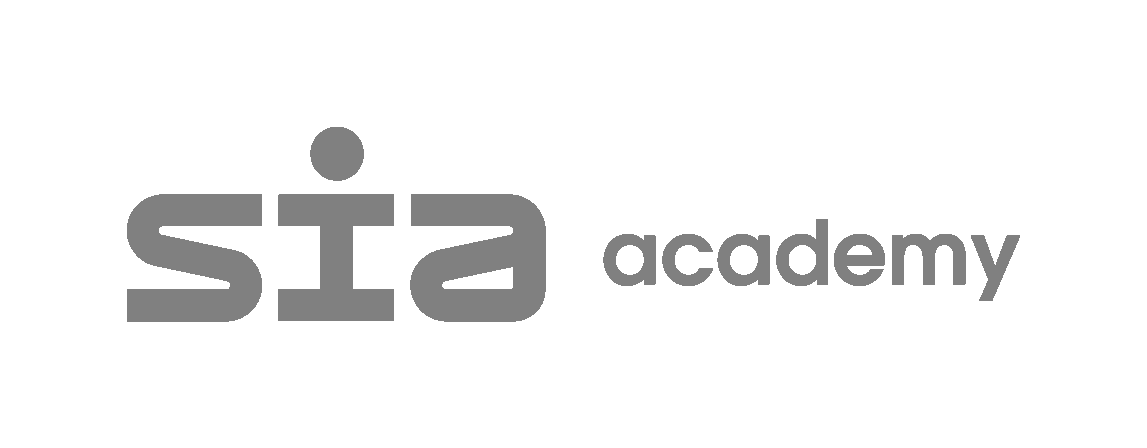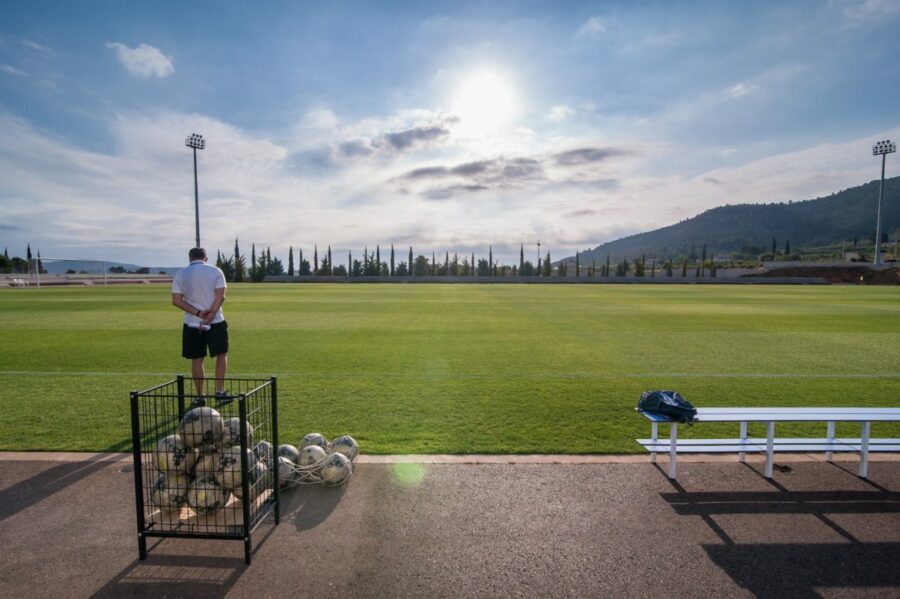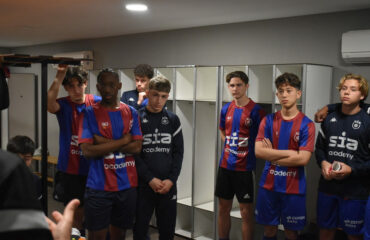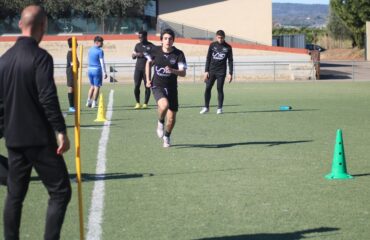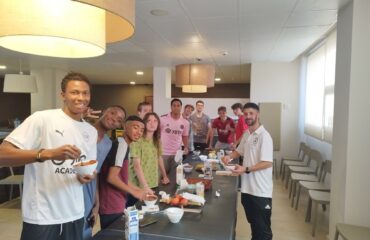In modern football, the playing surface is much more than just a stage: it is a determining factor in performance and in the development of technical skills. There are mainly three types of surfaces for practicing this sport: natural, artificial and hybrid (a mixture of synthetic fibers and natural grass). Each has different physical characteristics —such as hardness, friction, and ball bounce— that directly influence the way players train and compete.
Table of contents
Key differences between natural, artificial and hybrid turf
Natural grass offers a softer playing feel, with a more irregular ball bounce and greater physical wear due to the resistance of the ground. It favors a more adaptive technical style, as the player must react to imperfections and changes in the surface.
Artificial turf, on the other hand, guarantees a uniform surface all year round, regardless of weather conditions. This produces a more predictable bounce and greater ball circulation speed, which boosts fast play and precise oriented controls. However, its hardness can increase muscle fatigue and the risk of certain joint injuries.
Hybrid turf combines the best of both worlds: the resistance and stability of artificial with the cushioning and natural feel of living grass. It is increasingly common in elite stadiums because it allows for optimal training and competition conditions.
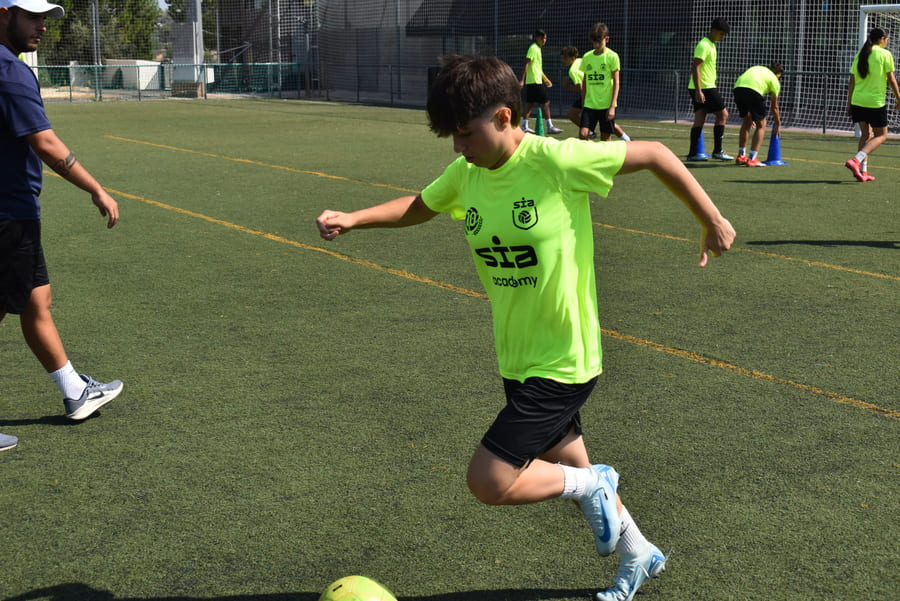
How turf type influences ball control and dribbling
Individual technique in football —controls, dribbles, changes of direction— is deeply affected by the surface.
- On natural grass, controls often require more cushioning, as the ball may slow down or bounce unexpectedly. This demands a finer touch and constant reading of the field.
- On artificial, the ball maintains greater speed and predictability, allowing for faster and more precise executions, but reducing the need for technical improvisation.
- On hybrid, players develop a technical balance that allows them to adapt to any surface more easily.
In this sense, technical versatility is built by training on different types of turf, as the player faces changes in traction, bounce, and ball friction.
The role of turf in passing and shooting accuracy
Ball bounce and rolling speed are crucial variables in the quality of a pass or shot. Perfectly maintained natural grass favors stable ground passes, while in wet or worn conditions it can cause miscalculations. On artificial turf, the ball travels faster, requiring adjustments in striking force and reaction time.
In shots on goal, natural grass provides more cushioning, affecting ball speed and favoring a strike with greater muscular load. Artificial turf, on the other hand, produces faster and more powerful shots due to lower friction, but with less margin for error in placement.
SIA Academy: adapting technique to all surfaces
SIA Academy understands that the modern footballer must be able to perform at their best regardless of where they play. That’s why its facilities include state-of-the-art natural grass and artificial turf fields, enabling the design of training programs tailored to the characteristics of each surface.
In natural grass training sessions, the academy emphasizes oriented control, ball shielding, and reading the bounce. On artificial turf, the focus is on execution speed, millimetric passing precision, and decision-making under high game intensity.
In addition, SIA Academy incorporates video analysis sessions and performance metrics so that players understand how their technique changes depending on the surface. This not only improves adaptability but also prepares footballers to compete in leagues and tournaments with very different surfaces.
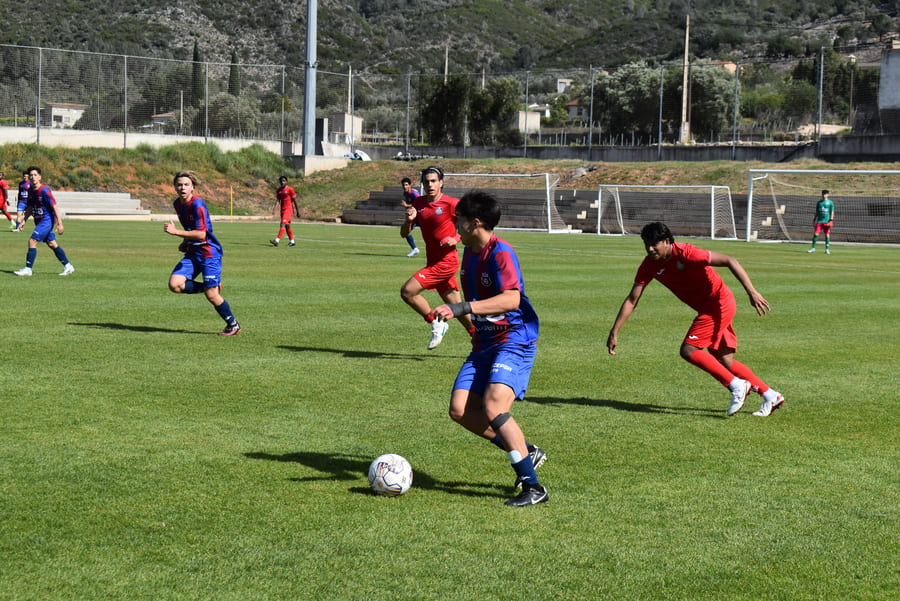
Benefits of training on different types of turf
Training on different surfaces develops complementary qualities:
- On natural: improves balance, strength in changes of pace, and the ability to anticipate field irregularities.
- On artificial: boosts precision, pass speed, and decision-making at high velocity.
- On hybrid: reinforces versatility and tactical adaptation.
This multi-surface approach, applied systematically, ensures that the player is not dependent on a single type of field to showcase their best football.
The mental factor and player confidence
Adapting to different surfaces is not only a technical challenge but also a psychological one. A player who has trained exclusively on artificial turf may feel uncomfortable on an irregular natural grass field, and vice versa. SIA Academy addresses this by designing training sessions that simulate real match conditions, increasing confidence and concentration capacity.
When the footballer feels comfortable on any type of turf, their technical and mental performance remains consistent, regardless of external circumstances.
Turf as a silent teacher
Turf type is a factor that shapes technique, game speed, and decision-making. From the first touch to the last shot, the surface conditions execution and effectiveness. Training players capable of adapting to any field is essential for success in modern football.
SIA Academy has understood this reality and has integrated into its methodology smart, varied training that enhances technical development in all possible contexts. In this way, turf stops being just a support and becomes a silent teacher that, when well used, turns the player into a truly adaptable and complete professional.
